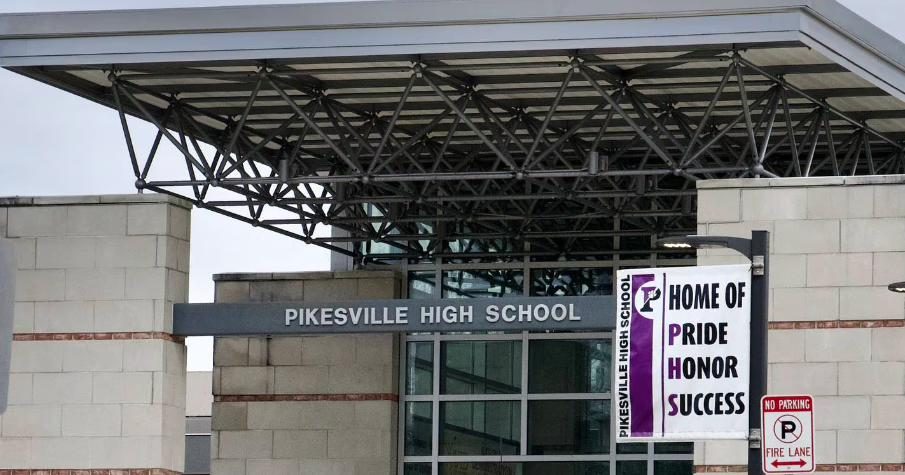Chesapeake Bay Underwater Grasses Decreased Last Year, Survey Finds
ANNAPOLIS (WJZ) -- In 2020, the abundance of underwater grasses in the Chesapeake Bay dropped for a second straight year, according to the Chesapeake Bay Program.
Analysts were able to map 62,169 acres of underwater grasses, just under halfway to the program's 2025 restoration target of 130,000 acres and 34% of the way to the ultimate restoration goal of 185,000 acres.
The Chesapeake Bay Program is an Annapolis-based partnership of state and federal agencies as well as academic institutions and watershed groups. It directs Chesapeake Bay restoration efforts.
While the acreage of underwater grasses is a big improvement on the 38,958 acres assessed when the first survey was conducted in 1984, it is still a 20% decrease from the current 10-year average. It is a 42% drop from 2018 but only a 7% drop from 2019, something researchers said suggests underwater grass beds are beginning to stabilize.
The largest decline in terms of total area was seen in saltier waters, particularly in the Tangier Sound, the mouth of the Choptank River and in the Little Choptank River. They chalked this shift to the decline in widgeon grass, which can fluctuate from year to year and is highly responsive to extreme weather and changes in water quality.
In 2020, the Sassafras River on the Upper Eastern Shore lost most of the new grasses gained in 2019. The Chester River lost nearly 900 acres of grasses from 2019 to 2020.
In and around the Susquehanna Flats, underwater grasses increased from 8,497 acres to 9,194 acres. The Northeast Tiver increased slightly year-over-year.
More information on the survey's findings is available on the Chesapeake Bay Program's website.



